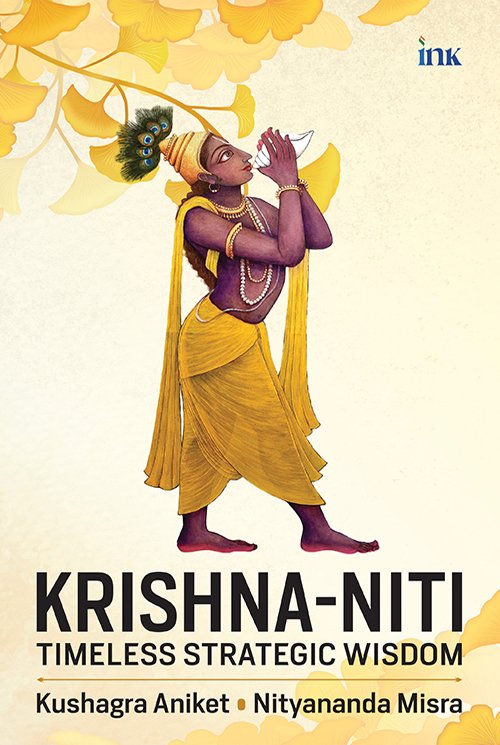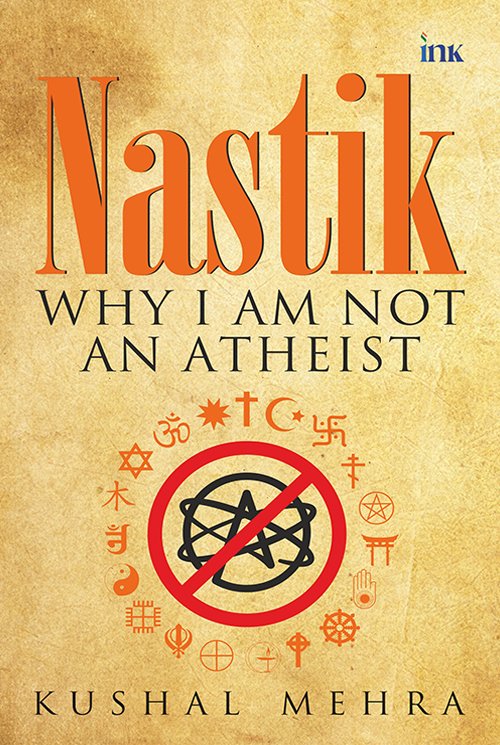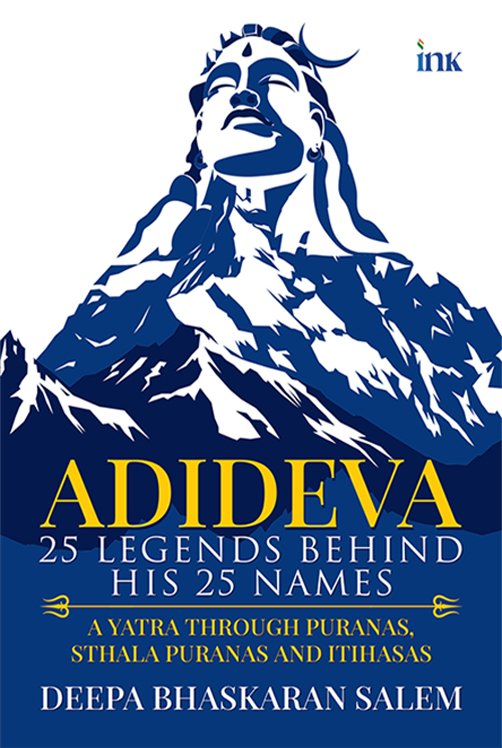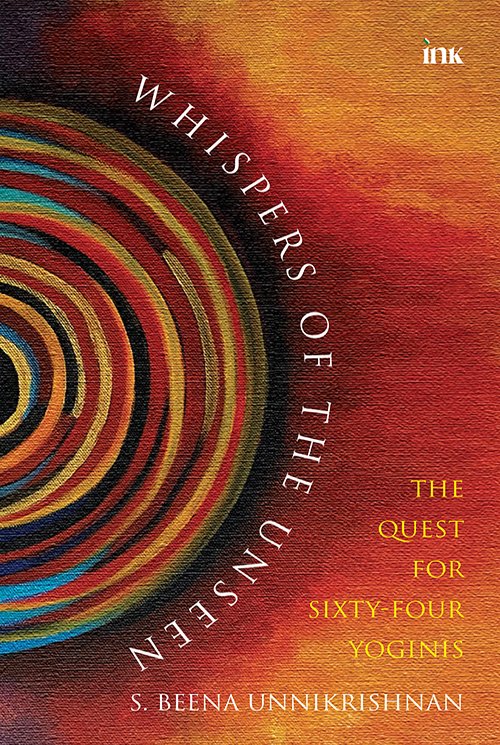How often have you been advised to follow the teachings of Krishna but wondered what those teachings were? Krishna-Niti: Timeless Strategic Wisdom brings forth eleven of the most important lessons delivered by Krishna at critical junctures in the Mahabharata. These practical lessons are different from the spiritual wisdom imparted to Arjuna in the celebrated Bhagavad-Gita. Whether negotiating for peace between the Kauravas and Pandavas, resolving internal conflicts in the Pandava camp, or inspiring Yudhishthira to rule as a Dharmaraja (righteous ruler) at the end of the Kuruskshetra war, Krishna emerges as the strategist par excellence, who is as worldly wise as he is spiritually enlightened.
Krishna’s instructions cover a wide range of subjects, including ethics, strategy, governance, policy, and above all dharma. However, throughout its wide scope, Krishna-Niti is governed by an underlying worldview, which can be summarised as jnana-karma-samuchchaya, or the right combination of knowledge and action to achieve the fourfold goals of human life. Krishna argues that karma is essential to life and natural order. Steadfastness in one’s karma is the key to the attainment of one’s goals whether material or spiritual. Escapism or inaction is not an option, neither is indecisiveness stemming from unending intellectual debates. In no case should one abandon one’s duty by citing a lack of good options.
Krishna’s role in the Mahabharata is not just as a knower of dharma (dharmajna) but as its upholder and institutor (dharma-samsthapaka). Therefore, unlike other great works on niti, Krishna’s instructions are not theoretical but have an immediate relation to the situation at hand. His guidance is always delivered to a particular character in the epic, especially in moments of crisis, internal dissension, or war. This implies that we get to see the principles of Krishna-Niti in action throughout the epic.
The authors, Kushagra Aniket and Nityananda Misra, draw upon their extensive research into the Mahabharata to present a unique gem of Nitishastra that is distilled from the quintessential Itihasa of India. They analyse Krishna’s practical wisdom through his interventions on numerous occasions. Rooted in the vision of the epic, Krishna-Niti: Timeless Strategic Wisdom paints the authentic picture of Krishna as a statesman—an enduring image that is deeply relevant to our times.










